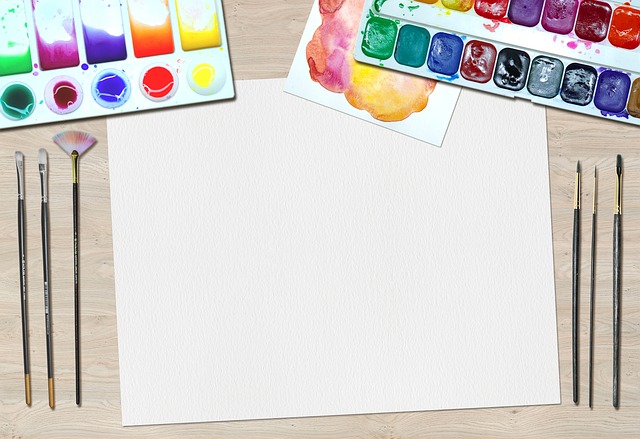Are you ready to transform your backyard into a vibrant haven filled with colorful fruits and vegetables? Creative garden design not only brings beauty to your space but also supports the environment by promoting biodiversity, reducing carbon footprints, and providing fresh produce right at your fingertips. Let’s dive into some eco-friendly solutions for crafting a stunning garden that nurtures both your spirit and the planet.
Embrace Native Plants
When thinking about creative garden design, consider incorporating native plants into your layout. These plants are adapted to your local climate and soil conditions, which means they require less water and are more resistant to pests. By reducing the need for chemicals and maintenance, you’ll create a sustainable ecosystem that flourishes naturally. Plus, native plants support local wildlife, including pollinators such as bees and butterflies, who are essential for a thriving garden.
Vertical Gardens: A Space-Saving Solution
If you’re limited on space, vertical gardening is an innovative way to maximize your planting area while adding vertical beauty to your garden. Using recycled materials such as wooden pallets, old ladders, or hanging pots can create an eye-catching display. This method not only allows you to grow a variety of fruits and vegetables in a compact area but also reduces weed growth and increases air circulation, promoting healthier plants.
Composting for Natural Fertilizers
One of the best ways to enrich your soil is through composting. Turn kitchen scraps, yard waste, and other organic materials into a nutrient-rich compost that can nourish your plants. Composting is a fantastic eco-friendly solution that minimizes waste and boosts your garden’s health. As you incorporate compost into your creative garden design, you’ll notice lush growth, vibrant colors, and healthy production of fruits and vegetables.
Permaculture Principles
Integrating permaculture principles into your garden design can enhance its sustainability. This approach emphasizes working with nature rather than against it. By designing your garden to mimic natural ecosystems, you can create self-sustaining habitats. Consider planting companion plants that help each other grow and repel pests naturally. For example, tomatoes thrive when planted near basil, which can enhance their flavor and ward off insects.
Rainwater Harvesting
Water conservation is crucial for eco-friendly gardening. Installing a rainwater collection system can provide a sustainable water source for your plants, reducing your reliance on municipal water. Collect rainwater from your roof in barrels and use it to irrigate your creative garden design. This not only conserves water but also utilizes a natural resource to nourish your crops, keeping your garden green and thriving.
Perennial Vegetables and Fruits
Consider incorporating perennial fruits and vegetables into your garden design. Unlike annual plants, which require replanting every year, perennials come back year after year, saving you time and effort. Plants like asparagus, rhubarb, and many berry bushes can provide a continuous harvest with minimal maintenance. This sustainable approach makes it easier to create a flourishing garden that supports your culinary adventures while reducing your ecological footprint.
By creating a garden that harmonizes with nature, you’ll not only enjoy the aesthetic benefits of creative garden design but also contribute positively to the environment. Whether you’re a seasoned gardener or a beginner, these eco-friendly solutions will help you cultivate a bountiful and beautiful garden that you can cherish for years to come.

